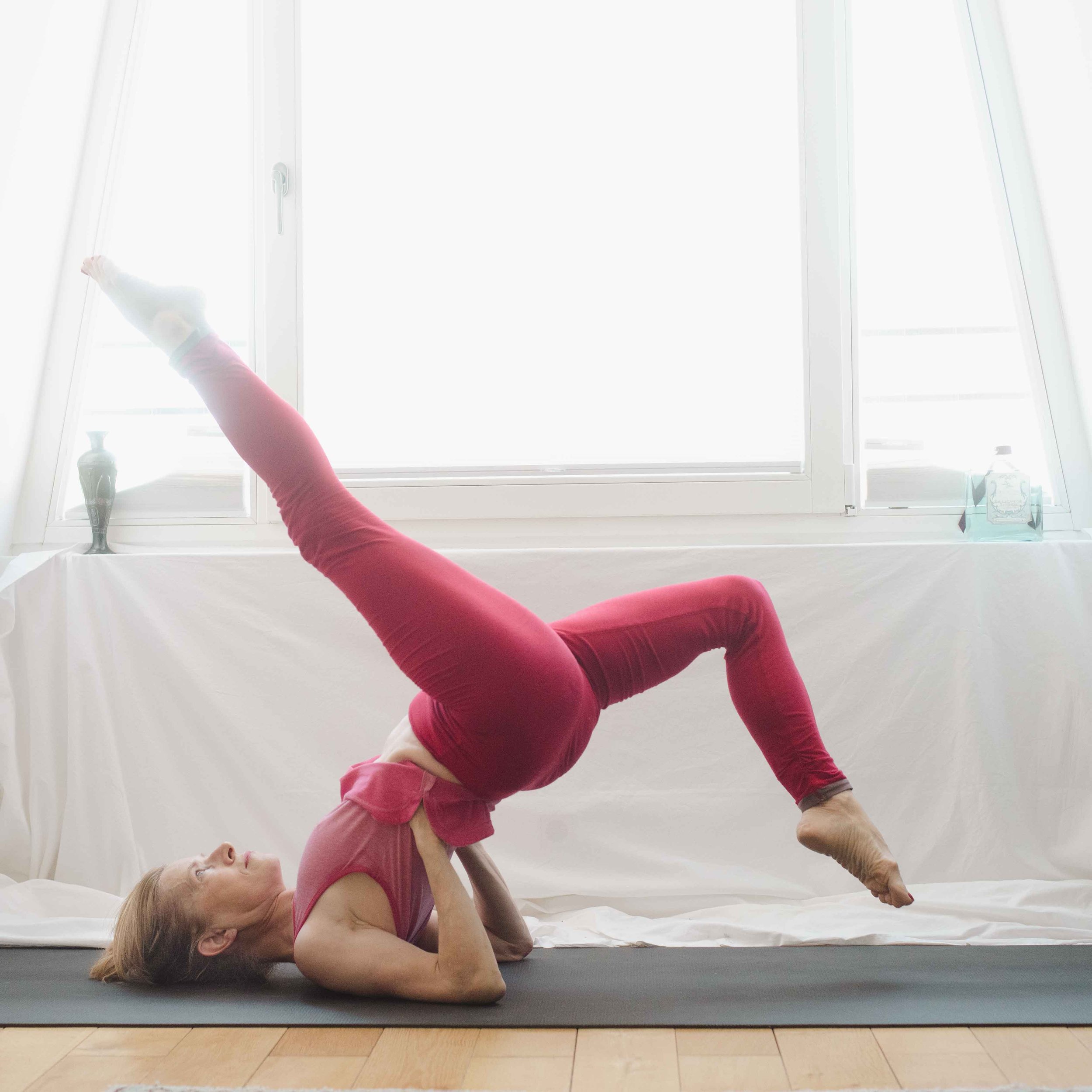August, 2022
Long-term goals require patience. When practicing yoga most of us face challenging asanas. In order to master them a lot of time and energy is necessary. We make mistakes. We have to deal with frustration. In the long run we learn not to give up so quickly. We learn to achieve goals that take years to master. This gives stamina and self-confidence. Many people are no more able to focus on something that is rewarded in the far future. Book titles and promises on Instagram tell me this: Learn split pose within 30 days, lose 20 pounds within a week and so on…….People search the quick high, the quick reward. Yet some skills need more than 30 days, often years or decades.
In the meantime the ‘self-help-industry’ focuses on the process and not so much on the goals anymore. I think both are not in competition. Without a goal one cannot define the steps to get there. Without a goal we have no orientation. The process itself must have joyful moments. Otherwise we are most likely to give up. My daily yoga practice is despite the stretching discomfort, despite the difficulties to perform asanas joyful. Sweating on my mat for 90 minutes in the morning is my daily highlight.
During today’s practice I felt impatience. It must go forward, I want to see results, were my thoughts. Results will come but it takes perhaps more time than I wish. I work on asanas for a decade already. Thoughts and feelings come and go like clouds in the sky.
When we practice yoga we learn asanas, yet we also learn to learn, we learn being patient, we learn not to give up, we learn to handle frustration. There is also a lot of joy and tiny and greater accomplishments on the path.
For today my practice is done. Halleluja.










